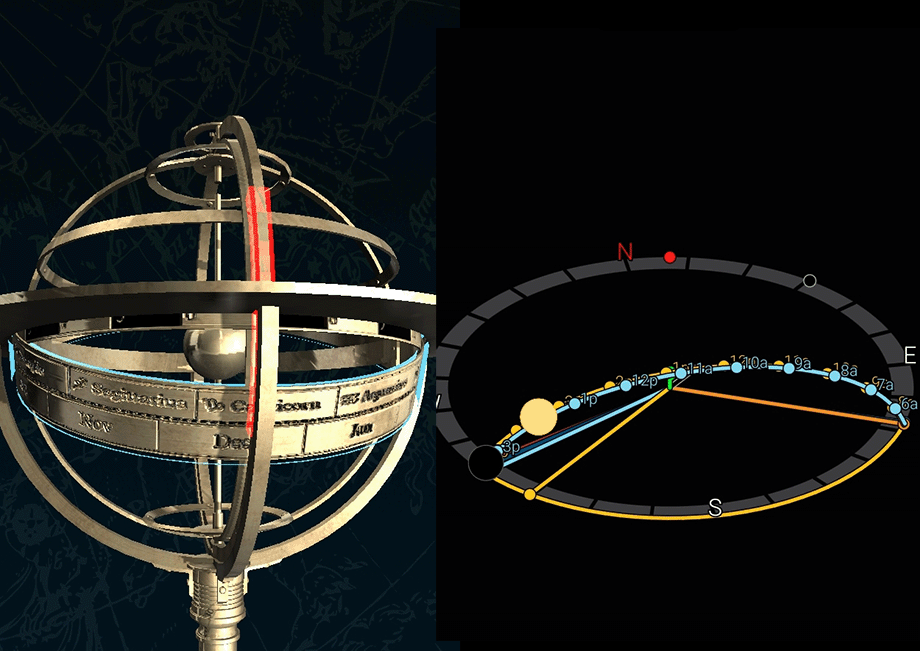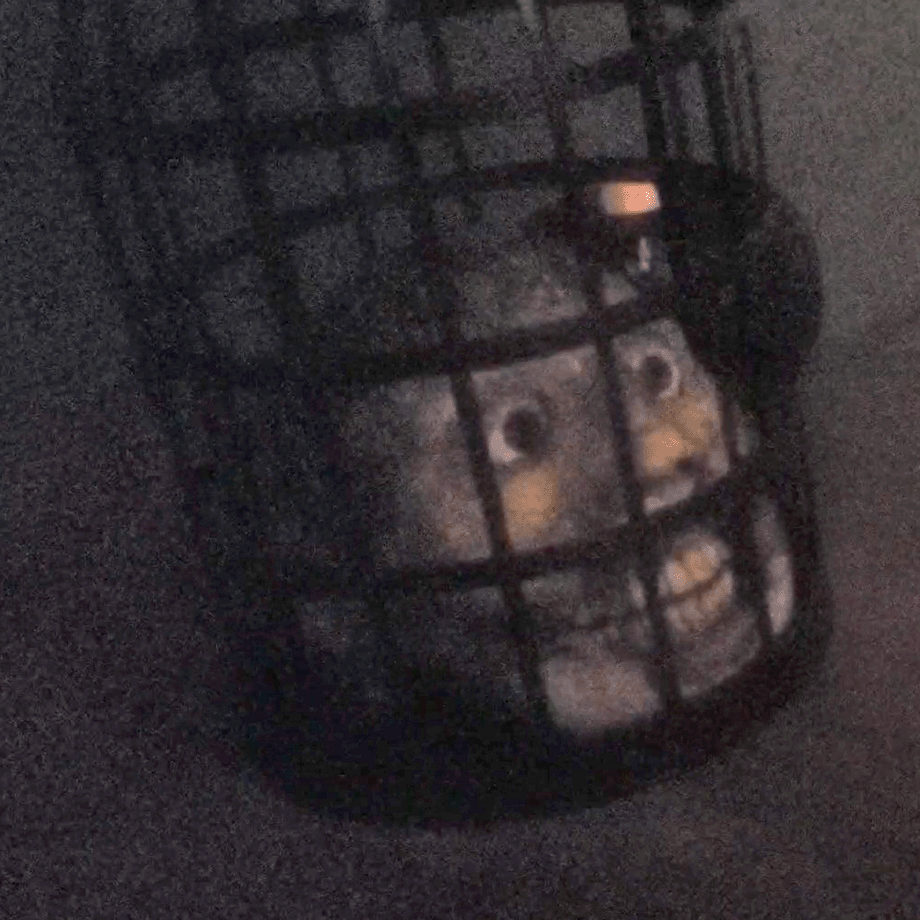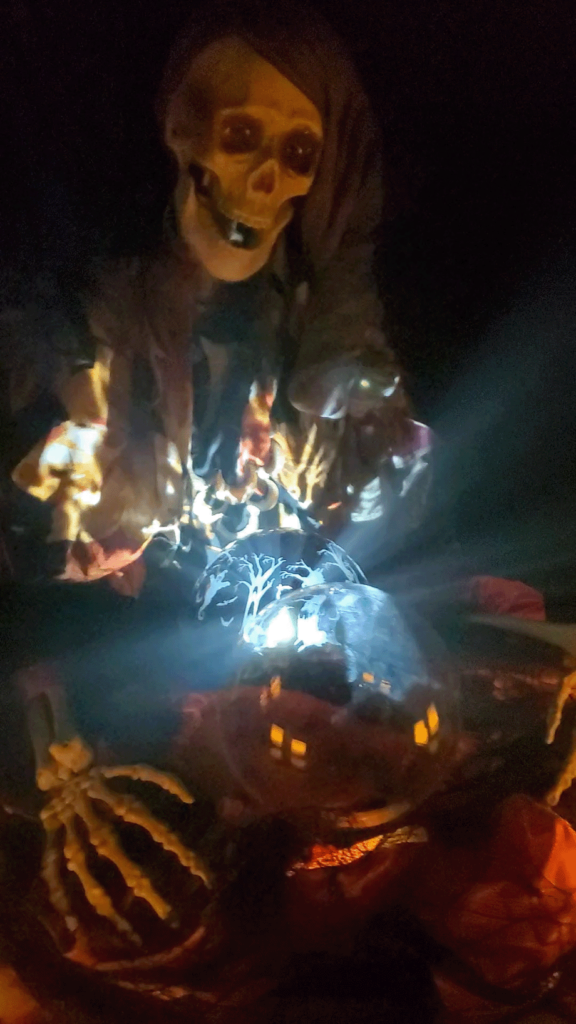I’ve been trying to place these articles just ahead of the major Sabbats and Esbats but today we have the great good fortune to land smack dab in the middle of the Winter Solstice, longest night of the year, and the time when all good ancient pagans lit great big campfires to bid the sun return.
The date is so significant that many ancient peoples around the world built stone calendars that marked the sunrise or sunset. Stonehenge is probably the more famous, but there’s one in Machu Picchu high in the Andes. As far as we know these two cultures were not friends on Facebook. If we discount that they both learned the ritual requirements from some long lost mother civilization like Atlantis, Mu, or Lemuria (and I tend to), we begin to see that the shortest day held special importance throughout human memory. And this means that it probably was known and marked as far back as our time in the cave.
If you’ve been reading my articles for a while, you know there’s ample evidence that we observed and understood the cycles of the earth and sky in at least the time of Cro-Magnon man if not earlier. My first awareness of this came when I discovered the so-called Venus of Laussell while studying early human art in college. The horn she holds has 13 marks, equivalent to 13 lunar months in a solar year. This interpretation comes from my awareness of magical practice and symbology, and you may not find a similar viewpoint expressed by art historians or anthropologists. But these articles are aimed at an audience interested in exploring the possible roots of magical practice in humanity, so we’ll go with that.
It’s actually not too much of a stretch. When you are utterly and completely dependent upon the raw, wild, scary, indifferent, and dangerous Nature around you for your very survival, you need to become an expert on that Nature. And since you don’t have the distraction of social media, cable TV, or the mall, you actually have time to observe Nature and operate in the context of it.

I think it fitting that the transition here is from the Mutable Fire of Sagittarius to the Cardinal Earth of Capricorn. We have a metaphor for the Solar deity descending into the Underworld, at the nadir of it’s annual journey. Here it will become transformed to rise again. From this time the hours of daylight grow, until they peek on the opposite side of the Zodiac, between Cancer and Leo. Thus the Great Spring of Water gives way to the Establishing Summer Fire, and the Throne of the Sun.
According to the Chaldees, who charted these stars well before the discovery of the outer planets of Uranus, Neptune and Pluto (only a little over a hundred years ago), both Sagittarius and Capricorn were ruled by old Saturn, that Elder Chaos of the Outer Dark. I know the moderns associate Saturn with rigidity and institutional convention, mainly due to a symbolic connection with antiquity. His reputation as devourer of his children speaks to an angrier and darker memory, one pondered on cold winter nights when fires were lit on hill tops to bid the Sun return.
I see a number of articles and documentaries discussing this idea these days. We modern humans see ourselves as distinct and separate from nature (small n intentional) and therefore seek to dominate, control, plunder, monetize, and ultimately consume it. I don’t disagree with this assessment of our present culture, and I think it is the root of many of the major problems we face as a species.
We have recently reached over 8 billion in population. I think that is astounding and terrifying. There are probably not 8 billion of any other species on this planet. If there are, they are only an insect or a microbe or possibly a virus. In any case, there are not 8 billion of any species with an effective lifespan of nearly a century crawling around, making even more of itself on a world that is finite, under stress, and starting to fight back.
The simple fact is that, regardless of our vast technological civilization, the almost instantaneous hyperknowledge of the Internet, and global interconnectivity, Nature, with a capital N, will eventually consume us.
I don’t believe we can go back to the garden, regardless of how charming that idea may be. If you are reading this, you are consuming fossil fuels, heavy metals, rare earths, and quite probably whole nations of slave labor. And so am I while I write. We cannot simply turn off the switch, dump it all into the river (more than we already are) and “live in harmony with Nature”. As soon as our big brains figured out that they were bigger, we have been on this unbroken path toward dominance or oblivion.
We have evidence of mass extinctions occurring multiple times on this planet. Whole ecosystems have died off, and only a handful of surviving creatures were left to carry on, evolve, and occupy the altered world left unto them. So will it be with humanity. Even if we correct our course, even if we find a way to stop hewing at Mother Earth with mad blind abandon, our brief light might still go out.
Meteors whiz by every day with the potential to not only end civilization, but wipe out most, if not all life on this tiny blue world. Multiple supervolcano sites around the world seem poised to erupt, blackening our skies and shutting off the all important sunlight. The recent global pandemic is hardly as horrific as the Influenza Epidemic of a century ago, and both of them pale in comparison to the Black Death of the Middle Ages, but we shouldn’t pat ourselves too well on the back for “fixing it”.
In Nature, when a population exceeds the ability of it’s environment to support it, that species experiences a die-off. Nature always wins.
Nature will go on without air conditioning, high-speed rail, or interstate commerce. We will not.
Nature will consume us.
This fundamental truth was closer to our ancestors who looked upon the Winter Solstice with great dread that the growing night would go on forever. They did not “live in harmony” with Nature. They had no choice. They could not ideate that their little fire might someday embrace the secrets of the atom, or the great furnace at the heart of that waning sun. All they could do was hope that the spirit up there in that pale orange ball might see a kinship in the bonfire, and once more come back.
And to insure it did come back they learned to count the days and mark the movement of the sun and moon and stars around the sky. They needed to know when to light the fires, and when to make the sacrifices, and when to call the magic.

On the right is a more modern system, used by photographers and filmmakers to forecast the placement of the sun (and moon) for a given location at a particular point in time. While the goal is different, the idea is the same as the ancient instrument.
Like the Zodiac in the first picture above, these are calibrated for my location. Were I located on the equator, the systems would show the sun moving overhead from East to West at the Equinoxes. At the Summer Solstice, the Sun would arc over about 23.4 degrees to the North, and at the Winter Solstice would be inclined southward by the same amount, due to the tilting of our planets axis during the year.
If I stood at 23.4 degrees North at the Summer Solstice, I would see the Sun directly overhead at noon. But any further north, like the roughly 30 degrees I currently inhabit, and I will always see it trending toward the southern sky. In winter it will not come up very high because of this, which is why in farther northern locations the days appear to get shorter. In extremes near the poles the sun never rises above that southern horizon in winter.
The lines on the globe where the sun appears to reach the limits of it’s travel north and south with the seasons are called the Tropic of Cancer (and the Summer Solstice is the Cancer/Leo Cusp) and the Tropic of Capricorn (Sagittarius/Capricorn Cusp in Winter). Summer and winter as seasons are arbitrary, of course, depending on whether you live north or south of the equator. But within the “tropics” the sun stays more or less direct year round, generating the high temperatures associated with those areas.
The movement of the earth betwixt and between the two Tropics is the origin of tropical cyclones, which distribute heat around the planet and make it livable. Current theories suggest that we are tampering with this system by our use of fossil fuels, altering the mean temperature of the planet and causing shifts in the thermal regulation patterns that are impacting climates worldwide.
From this simple need not to starve and freeze to death, magic arose among humans, and ritual grew to religion, and religion built temples and ziggurats and pyramids and civilizations. We have good evidence now from places like Stonehenge and Gobekli Tepi that these early ceremonial centers may actually have fostered the need for domestication of grain crops and food animals, simply to insure that the ritual feast was supplied to keep the sun from going out.
It’s ironic that the cooperation required to propagate a Solstice ritual might have led to our current culture of conspicuous consumption that threatens to plunge us all into perpetual night. Our leap from 7 billion humans to 8 billion took only a few years. That is untenable, regardless of our technological breakthroughs. We simply cannot sustain this rate of growth. The inevitable outcomes is war, famine, pestilence, and death. Those harbingers of the end times from the Biblical Revelation are the natural consequence of too many of us on a world with finite resources and a long regeneration cycle.
We can’t go back, but we absolutely have to go forward as better stewards of this planet. We must all realize that simply because a few nations have “cleaned up” their industrial pollution, they have done so by moving it elsewhere. The toxicity associated with American industrialization prior to the Clean Air and Clean Water Acts of fifty years ago is now spreading across Asia because their hunger for growth easily dominates “environmental concerns” just as it once did in the U.S.
We need a greater cooperation, and a greater awareness, than even “green” movements are giving us. We need first and foremost to find reliable renewable energy sources that do not rely on consumption of resources and creation of toxic waste products. Secondarily, however, we need to find a means of creating all the devices and equipment we demand to live our modern lifestyle, that also do not rely upon consumption of resources and creation of toxic waste products.
Kat Borealis in her podcast offered the phrase “If it cannot be farmed, it must be mined”. This is a real assessment of our modern culture. Whatever we do not grow is taken from the planet below us, whether by drilling, mining or other extraction. Computers, so central to 21st century life, are composed of petrochemicals, metals, and minerals. There is no part of the laptop I am typing on that has a living renewable source. It presently cannot be “farmed”, so how do we address the desire to remain technological and interconnected if we have to drag every such device from the womb of the earth for an ever increasing number of people? Recycling of such things in the present state is minimal in comparison to the demand for new ones, and the planned obsolescence of aging tech. And the parts that are going into the landfill can be among the worst sort of environmental toxins.
Our demand for “clean water” drives us to package it in an unimaginable amount of cheap plastic. Despite it being recyclable, in theory, our oceans are teaming with these disposable nightmares. The action of sun and water on these things eventually erode them into microplastics, which are now considered a major threat to all life on the planet as they are being consumed by the edible fish that sustain a number of Earth’s populations.
My point is that we are, in a real sense, experiencing that longest night in terms of our tenure on this planet. We have a choice now, to light the bonfire to call back the springtime and growth, and abundance for all life on this world, or we can let it all slip away into the permanent night.
I look forward to trying to light the fire in my corner of the world, and invite you back next week. Thank you for your attention. I hope it counts for something.



















